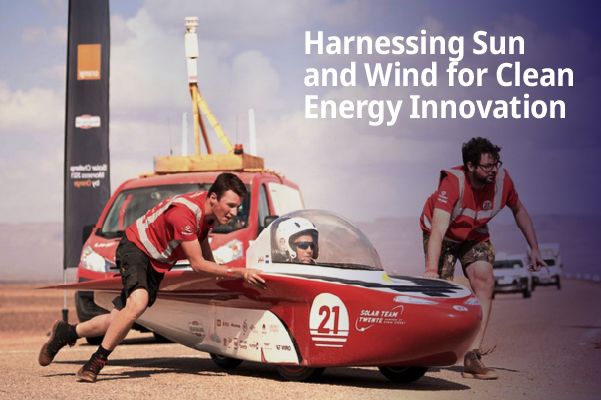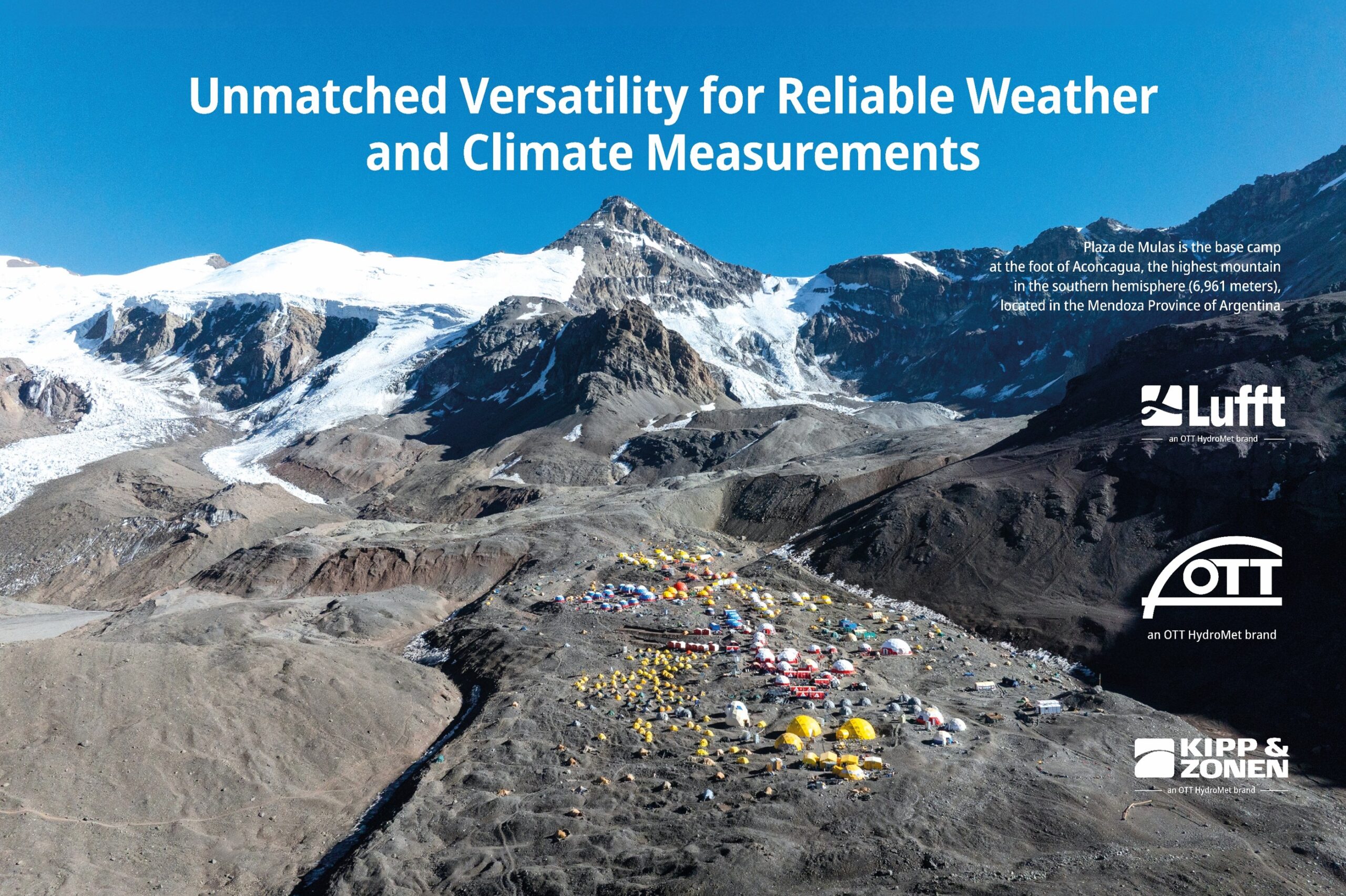Pilots, air traffic controllers and airport operators do their best to make air travel safer and more efficient. Sometimes, however, flight security depends on external factors we can hardly influence. This especially refers to risky weather conditions. How Lufft sensors help to deal with these influences you can read in the following post…
Pilots, air traffic controllers and airport operators do their best to make air travel safer and more efficient. Sometimes, however, flight security depends on external factors we can hardly influence. This especially refers to risky weather conditions: Strong winds, icy cold or strong precipitation can have serious consequences. On average, 23% of all aircraft accidents and 68% of canceled flights in 2015 are attributable to adverse weather conditions (source: FAA).
How dangerous weather conditions are, is shown by the following examples:
- Landing accident of the MD-88 Delta aircraft, which slipped from the LaGuardia airport runway in March 2015 and crashed into a fence
- Attempted start in Belfast on 21 November 2016, when an EasyJet collided with a winter service vehicle
- Or the examples from the NBC video *.
* NBC Video:
Source: www.NBCNewYork.com
AWOS (Automated Airport Weather Stations) equipped with state-of-the-art (Lufft) technology, which monitors airports around the clock, find remedy. Stationary AWOS consist of:
- Built-in runway sensors such as the passive IRS31Pro-UMB in conjunction with the active ARS31Pro-UMB
- All-in-one weather sensors, for monitoring ambient temperatures, wind strengths, precipitation, air humidity, air pressure etc.
- Cloud height sensors
- And visibility sensors.
In addition to stationary weather observation systems, there is now the mobile runway sensor MARWIS. The smart road weather sensor is installed on a vehicle and issues surface conditions, including ice percentages, friction and more in real-time.
All Lufft sensors can be easily and flexibly integrated into AWOS systems thanks to the open UMB protocol and are long-term maintenance-free.
The measurement data flow into so-called MDSS (Maintenance Decision Support System), TALPA’s (Takeoff and Landing Performance Assessment), and NOTAM (Notice To Airmen) or SNOWTAM (special NOTAM format related to snow, ice, slush or ice containing water on the runway) making especially take-offs and landings safer.
Kharkiv airport in the Ukraine, airport Bergamo in Italy, Frankfurt Hahn Airport and Airport Düsseldorf in Germany and many more already rely on Lufft airport sensors to avoid dangerous and costly incidents.
You have questions about the Lufft sensors? Please don’t hesitate to contact us – we are looking forward to advise you!


